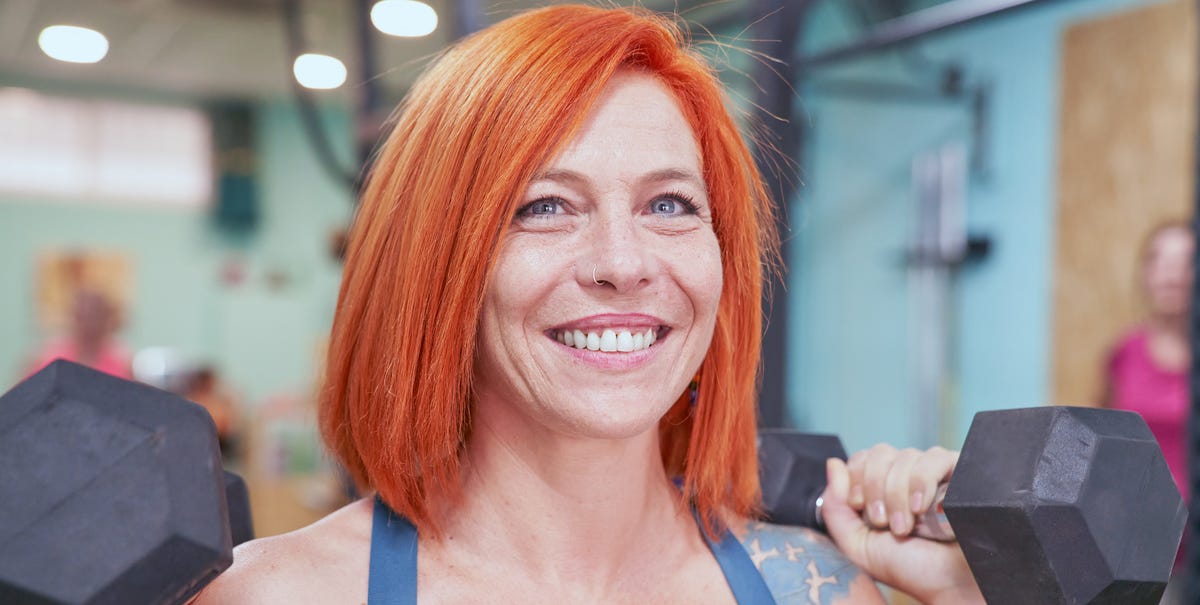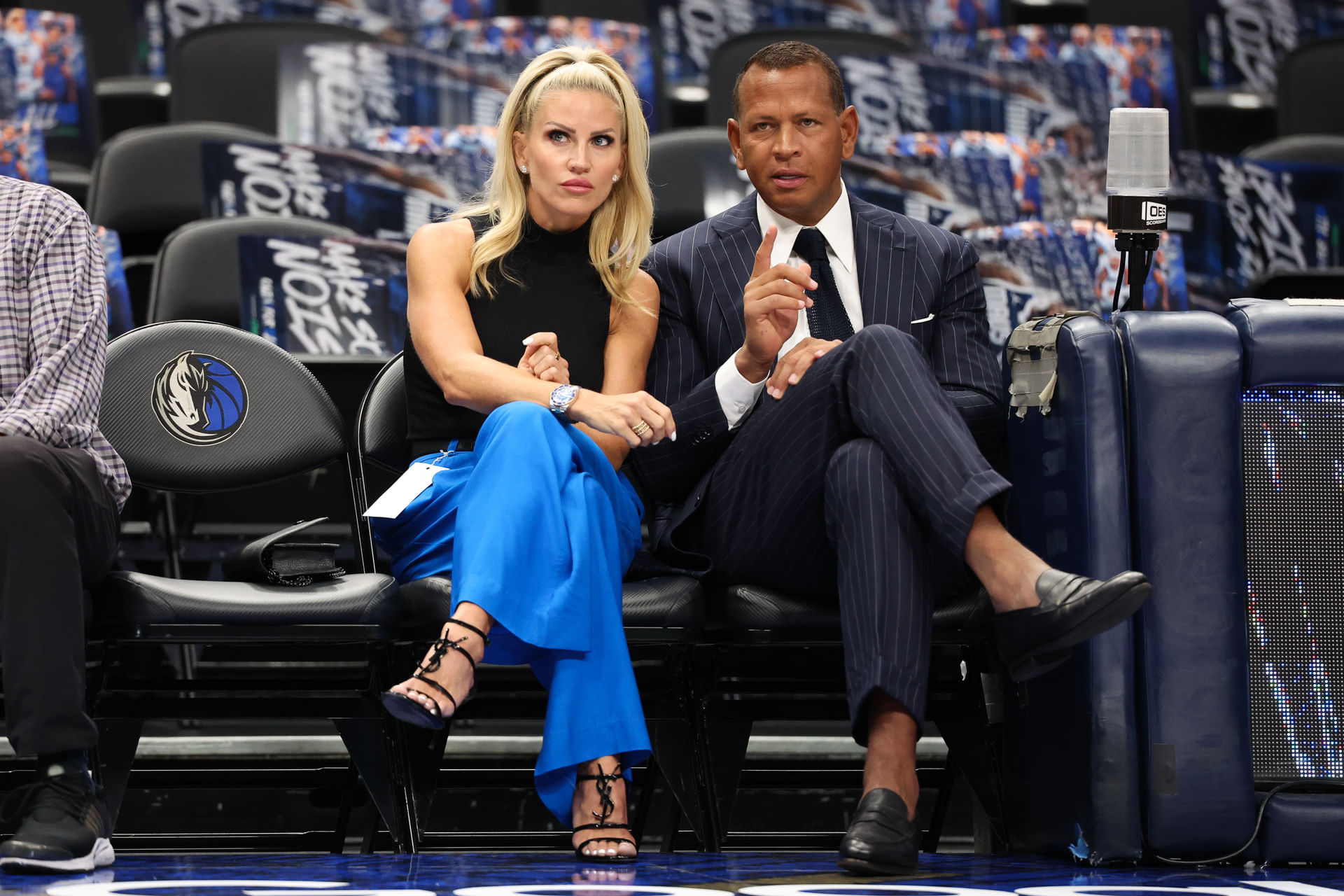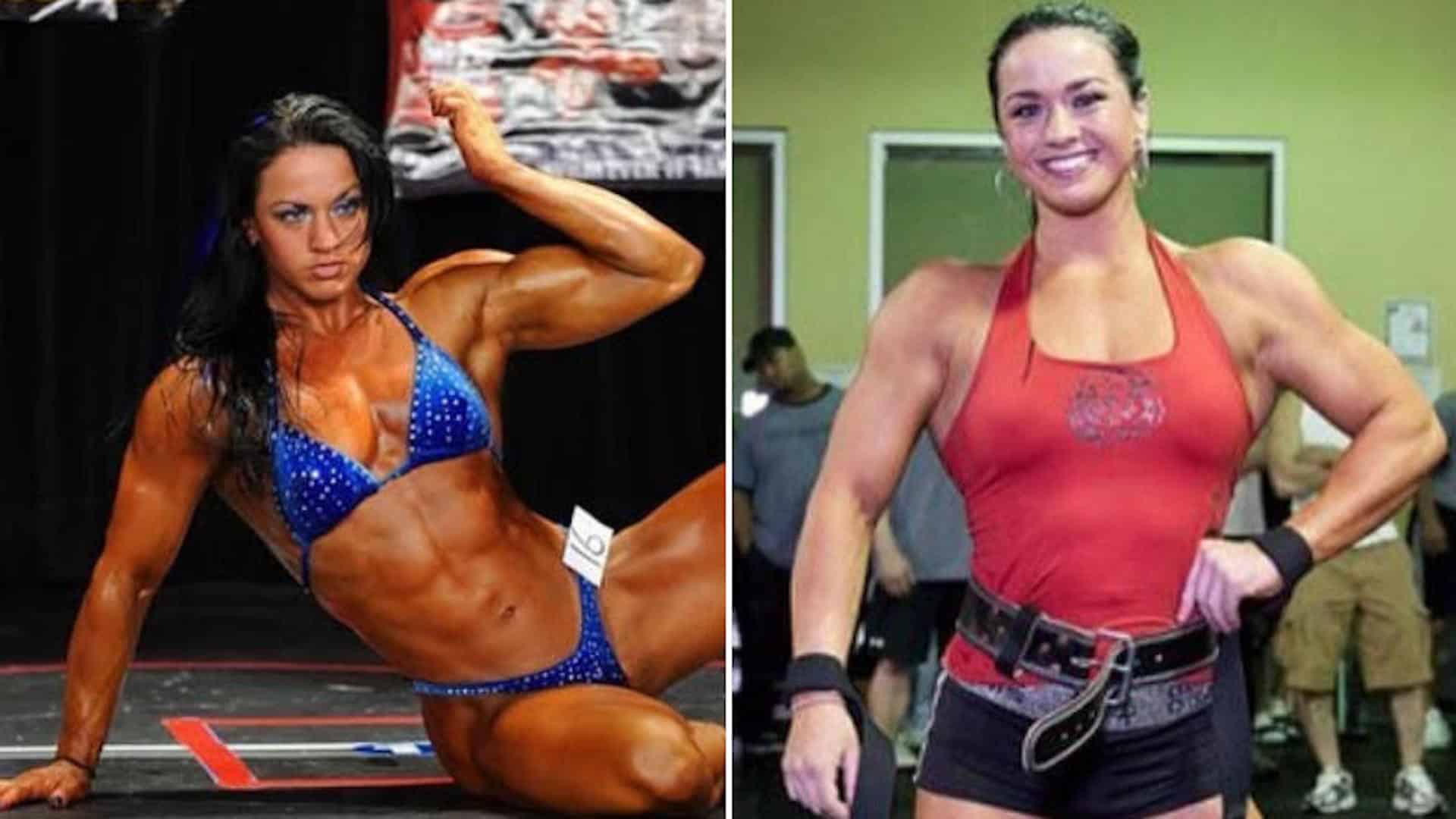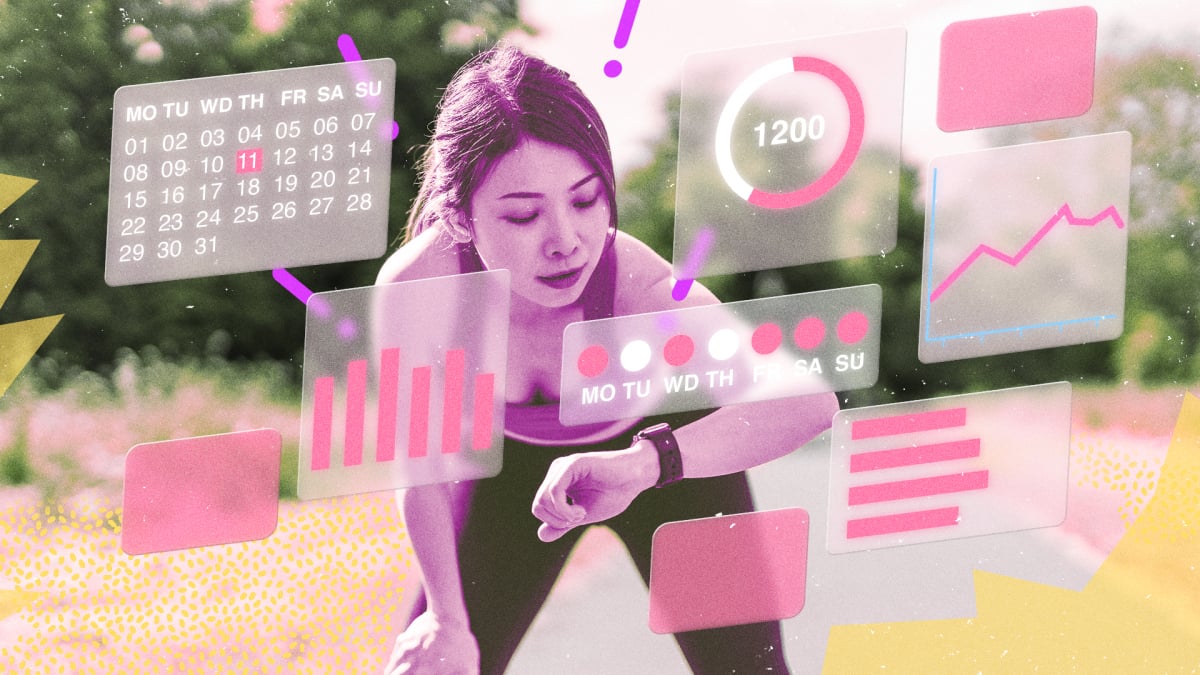In 2023, Pilates stole the crown from strength training for the most-booked workout class on ClassPass, with reservations up 92%. It reigned supreme in 2024, with another +84% increase in bookings. But its popularity isn’t necessarily reflective of the benefits; while it may be the most sought-after form of exercise right now, the science shows it’s not always number one for your health – particularly if you’re a woman over 40. In fact, Pilates and weight training have ‘two different applications to your muscles and therefore have different outcomes,’ says female physiologist Dr Stephanie Estima. Here’s how to know when to prioritise strength training in midlife, and when to prioritise Pilates, according to Dr Estima.
Pilates benefits for women over 40
‘While the Pilates “burn” feels real, the problem is it can be a bit misleading – this sensation, typically felt in high-repetition, low-resistance activities, like Pilates or barre – results from lactic acid accumulation and metabolic stress in the muscles. This is good for building endurance, rather than maximal muscle building.’
2. It builds core stability, pelvic floor strength, flexibility, and posture
‘Pilates improves core stability, pelvic floor health, flexibility and posture through sustained muscle engagement and controlled movements. These exercises activate deep stabilising muscles, promoting endurance, neuromuscular control, and improved muscular coordination without typically causing significant hypertrophy (muscle growth). It’s also amazing for pelvic organ prolapse that may have been sustained from one or more pregnancies.’
Weight training benefits for women over 40
1.It builds muscle mass, bone mass, strength, and metabolic health
‘To grow muscle requires mechanical tension and failure, i.e. pulling and pushing very heavy weights until you can’t do anymore. The body responds to the mechanical tension and rebuilds these muscle fibres during recovery, resulting in stronger, larger muscles. This anabolic process significantly enhances muscle mass, strength, and metabolic health.
‘Pilates doesn’t typically challenge your muscles to mechanical failure and therefore does not increase muscle size. Strength training with progressively heavier weights is crucial for muscle preservation, bone health, and strength gains in women over 40.’
How to choose between weight training and Pilates – and when to combine them
Choose weight training if:
- ‘You are a woman in perimenopause who is concerned about bone density, and maintaining – or even adding – quality muscle tissue.’
Add Pilates when:
- ‘Once your weight training habit and good technique is established.’
Choose Pilates if:
- ‘You are a die-hard Pilates princess and have absolutely no desire to weight train, and Pilates is the one class that you will do consistently.’
- ‘You want to focus on pelvic floor and core stability before weight training.’
Add weight training when:
- ‘I often find that once one habit is established and you begin to reap the benefits from it, like Pilates, there is often more space and capacity for more, and you can begin weight training.’
How often to do weight training and Pilates
‘If you have limited time for structured exercise, I would recommend weight training twice a week as a starting point. I then also do Pilates two-three times per week for core, posture and pelvic floor integrity. I find this has positively contributed to my technique during squats and deadlifts as well.
‘But I am not fooled for one minute that this builds muscle in the same way a Bulgarian split squat does – it simply does not. It builds endurance and capacity in you core (including the pelvic floor), and that is a great thing. Just remember that your pelvic floor muscles are not the same as your quadriceps or your glutes. And as such, we need to work these muscles differently. Both are important.’
As Women’s Health UK’s fitness director (and a qualified yoga teacher), Bridie Wilkins has been passionately reporting on exercise, health and nutrition since the start of her decade-long career in journalism. She secured her first role at Look Magazine, where her obsession with fitness began and she launched the magazine’s health and fitness column, Look Fit, before going on to become Health and Fitness writer at HELLO!. Since, she has written for Stylist, Glamour, Cosmopolitan, Marie Claire, Elle, The Metro, Runner’s World and Red.
Now, she oversees all fitness content across womenshealthmag.com.uk and the print magazine, spearheading leading cross-platform franchises, such as ‘Fit At Any Age’, where we showcase the women proving that age is no barrier to exercise. She has also represented the brand on BBC Radio London, plus various podcasts and Substacks – all with the aim to encourage more women to exercise and show them how.
Outside of work, find her trying the latest Pilates studio, testing her VO2 max for fun (TY, Oura), or posting workouts on Instagram.






